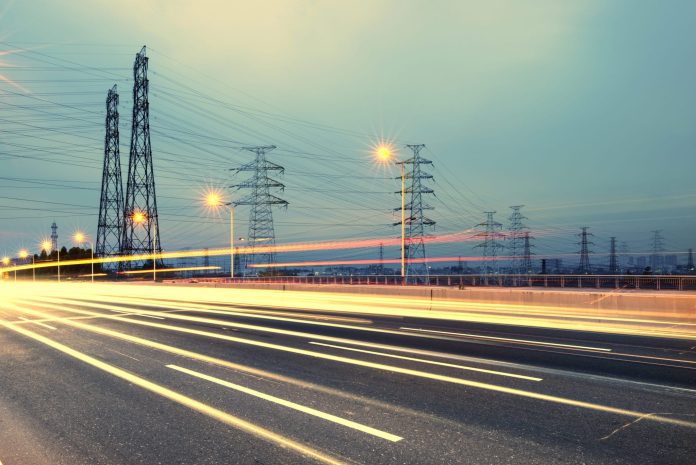The rapid growth of AI is putting pressure on global electricity systems and raising a new set of problems
As artificial intelligence (AI) becomes more powerful, it needs more computing power, and that means more energy, and this surge is reshaping industries, infrastructure and even global climate goals.
Why does AI demand so much energy?
Modern AI models — especially the large ones like ChatGPT, image generators and advanced robotics systems —require a massive amount of data to be trained. This training process uses thousands of high-powered computer chips called GPUs (graphics processing units), which run non-stop for days, weeks or even months. Once trained, these models are used over and over again — millions of times per day in some cases. This part is called “inference,” and it also requires a lot of energy.
All this process happens inside data centers, which are huge buildings filled with servers, GPUs and cooling systems. Unlike traditional data centers, AI data centers need even more power, mainly because GPUs generate a lot of heat. Keeping them cool is essential to prevent system failure, but it adds to the total electricity needed.
The main challenges
1. Increasing strain on power grids
In places like the United States, parts of Europe and Asia, power grid operators are reporting that the energy demand from new AI data centers is growing faster than expected. Some areas are delaying the connection of new data centers because they don’t have enough infrastructure to deliver the electricity needed. This could slow down the expansion of AI and impact other industries competing for the same power resources.
2. Rising carbon emissions
When AI data centers are powered by coal, natural gas or other fossil fuels, they contribute significantly to greenhouse gas emissions. Even if companies claim to buy “green” energy, the reality is that the grid is still heavily powered by non-renewables in many parts of the world.
3. Water usage and environmental impact
Many modern data centers use water for cooling. In hot or dry areas, this creates additional pressure on local water supplies. Some AI facilities consume millions of gallons of water per day, which has raised concerns in communities already dealing with drought or water shortages.
4. Slow deployment of clean energy
While many tech companies are investing in solar, wind and nuclear energy to power their data centers, these solutions take time to build and connect to the grid. Permits, supply chain issues and local opposition can cause delays. As a result, the clean energy supply isn’t growing fast enough to match the rising AI demand.
5. Digital Inequality
Not all regions can support energy-intensive AI infrastructure. Countries with weaker grids or unreliable power may fall behind in AI development and access. This could increase the gap between developed and developing nations.
What can be done about it?
To avoid these problems, several solutions are being explored:
– Chipmakers are developing new types of processors that are more energy-efficient. At the same time, engineers are improving data center cooling systems using liquid cooling and AI-powered climate control.
– Researchers are creating “smaller” AI models that still perform well but use far less energy.
– Tech giants like Google, Microsoft and Amazon are investing in renewable energy projects, including solar farms, wind turbines and small nuclear reactors.
Conclusion
AI is transforming the way we live and work, but it comes at a cost. The energy demands of AI data centers are rising rapidly and could create serious environmental and social problems if not addressed. To ensure AI remains a positive force, we need smarter technology, better planning, and stronger commitments to sustainability.

